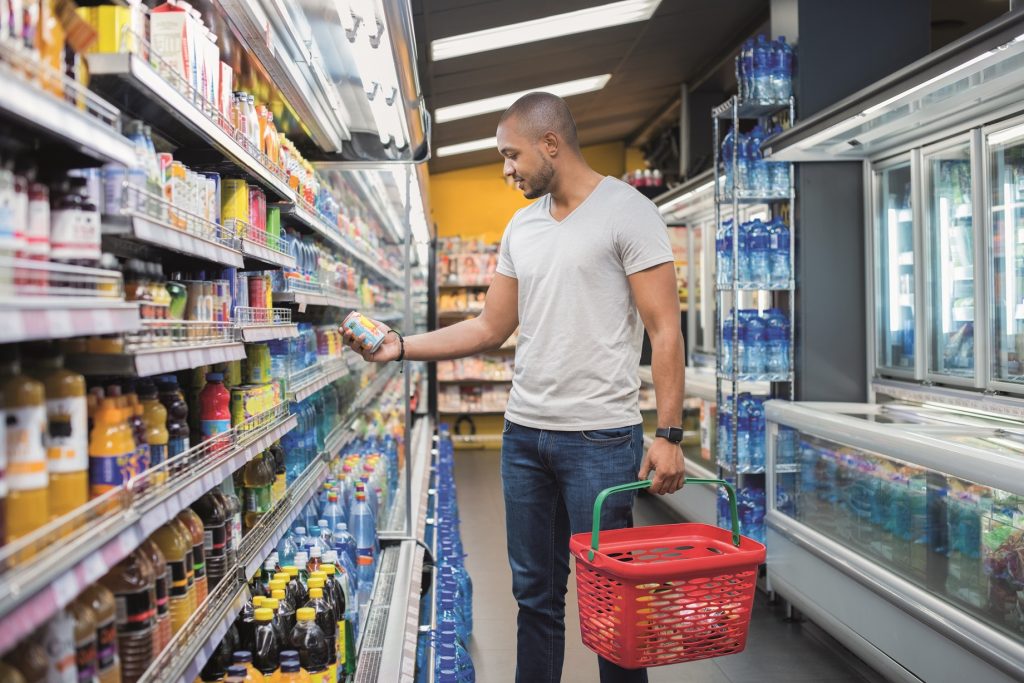The number of food and grocery shops used by shoppers has risen to 13, which is the highest level since December 2018.
The shift in shopping culture is likely to be driven by a combination of the lifting of Covid-19 restrictions, the recent heatwave, and the big sports events, says the IGD. The figures come from the IGD’s ShopperVista database.
Shopper confidence also remains relatively strong. According to the IGD’s Shopper Confidence Index, it mirrors last month’s level and is one of the highest levels in the last five years.
But this is coupled with several challenges, such as the persistent K-shaped economic recovery that creates increased polarisation between lower- and higher-income households.
Rising inflation is also worrying more consumers, with 16% now expecting food prices to rise, against 8% in April.
Simon Wainwright, director of global insight at the IGD, said: “During the pandemic and consequent lockdowns, retailers have been able to capitalise on relatively captive audiences.
“Now, as restrictions lift, shoppers have the freedom to shop around for favourite products, quality and variety. The increase to pre-pandemic levels may be a result of shoppers making up for lost time, boosted by feel-good events, such as the Euro finals.
“However, this motivation is only likely to be true of more-affluent shoppers. Lower-income households are more likely to be shopping around for value amid rising concerns around price inflation.
“Retailers will need to concentrate on driving loyalty to maintain market share, by focusing on range, quality and innovation.
“There will be a real spotlight on value as inflation rises, particularly for lower-income households.”
 Talking Retail Grocery and product news for independent retailers
Talking Retail Grocery and product news for independent retailers






